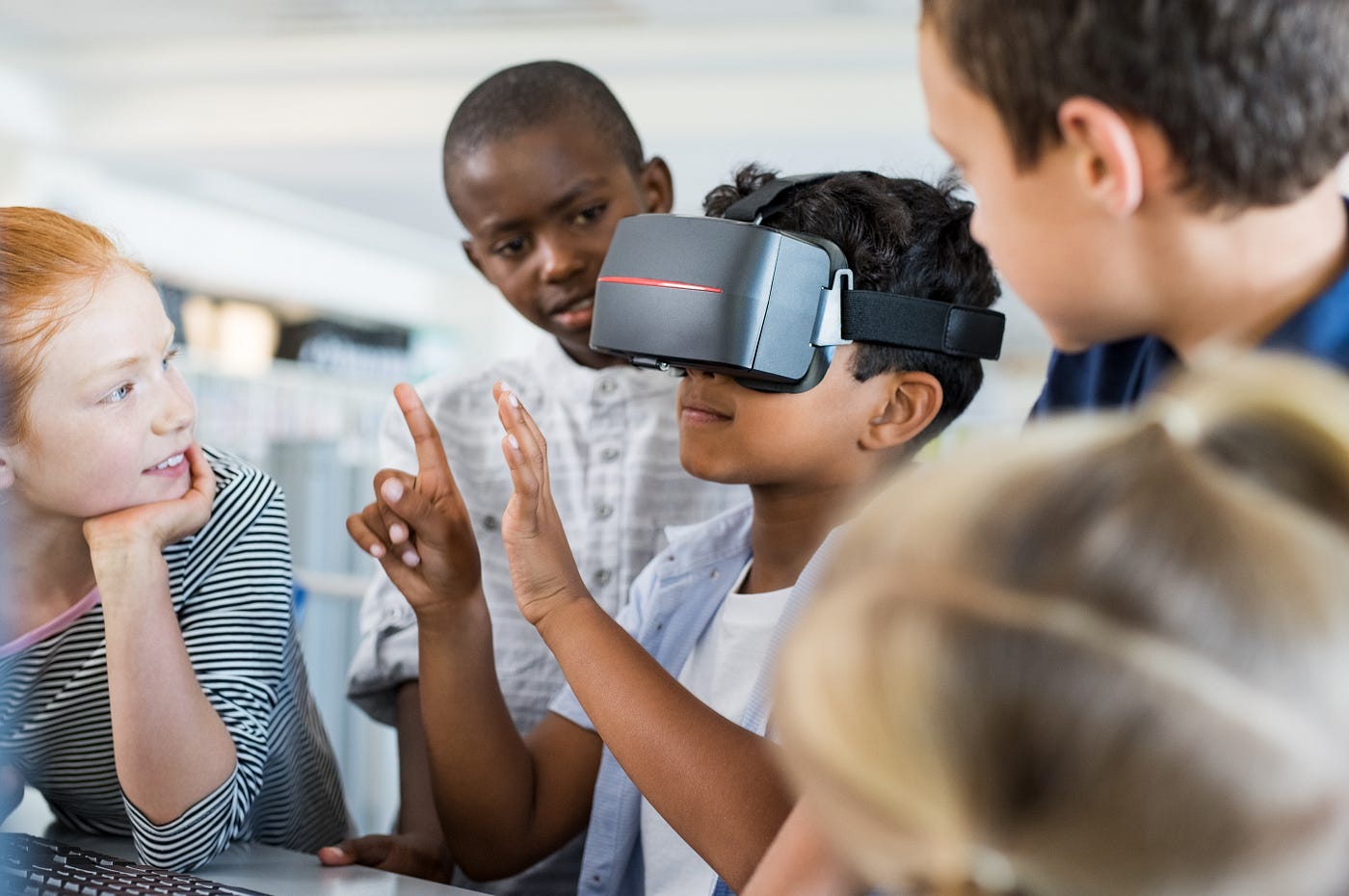As technology continues to advance at an unprecedented pace, virtual reality (VR) is emerging as a transformative tool in education. By immersing students in interactive environments, VR offers a unique opportunity to enhance the learning experience, making education more engaging, effective, and accessible. Here’s a closer look at how virtual reality is changing the classroom experience for students.
Immersive Learning Environments
One of the most significant impacts of VR in education is the creation of immersive learning environments. Students can explore distant planets, dive into the depths of the ocean, or walk through ancient civilizations, all from the comfort of their classroom. This immersion fosters a deeper understanding of complex concepts and allows students to visualize subjects in ways that traditional teaching methods cannot.
For example, a history class can come alive as students “visit” historical sites through VR headsets, experiencing events and cultures firsthand. This level of engagement not only captures students’ attention but also enhances retention, as they are more likely to remember experiences they have “lived” rather than facts they have memorized.
Personalized Learning Experiences
VR technology also facilitates personalized learning experiences, catering to diverse learning styles and paces. In a traditional classroom, teachers often struggle to meet the varying needs of their students. However, VR can offer tailored experiences that allow students to learn at their own speed.
For instance, students who require additional support can revisit complex topics through interactive simulations, while advanced learners can explore more challenging content. This flexibility empowers students to take charge of their education, promoting self-directed learning and fostering a growth mindset.
Enhanced Collaboration and Social Learning
Virtual reality also encourages collaboration among students, regardless of geographical barriers. Through VR platforms, students can engage in group projects, attend virtual field trips, or participate in collaborative learning experiences. This ability to interact and work with peers from around the world not only enriches their learning but also fosters social skills and cultural awareness.
For example, students in different countries can come together in a virtual classroom to work on a shared project, allowing them to exchange ideas, learn from one another, and gain a global perspective. This collaborative environment enhances communication skills and prepares students for an increasingly interconnected world.
Hands-On Learning Opportunities
In subjects that require practical experience, such as science, engineering, and medicine, VR provides students with hands-on learning opportunities that would otherwise be difficult to access. Simulations allow students to conduct experiments, practice surgical procedures, or explore engineering designs in a safe and controlled environment.
For instance, medical students can practice complex surgeries through realistic simulations, gaining valuable experience without the risks associated with real-life procedures. This experiential learning approach not only builds confidence but also reinforces theoretical knowledge through practical application.
Addressing Accessibility Challenges
VR technology has the potential to address accessibility challenges faced by many students. For students with disabilities, traditional learning environments may present barriers to participation. However, VR can create inclusive experiences that cater to diverse needs.
Customizable VR environments can accommodate students with physical limitations, sensory sensitivities, or learning disabilities, allowing them to engage with content in ways that suit their individual requirements. This inclusivity promotes equity in education, ensuring that all students have the opportunity to learn and thrive.
Real-World Applications and Career Preparation
Virtual reality is not only changing how students learn but also preparing them for the workforce. Many industries, including architecture, engineering, and healthcare, are increasingly utilizing VR for training and development. By exposing students to these technologies in the classroom, educators are equipping them with valuable skills that are relevant in today’s job market.
For example, architecture students can use VR to visualize and manipulate their designs, while engineering students can engage in simulations that mimic real-world challenges. This hands-on experience provides students with a competitive edge and better prepares them for future careers.
Conclusion: The Future of Education
As virtual reality continues to evolve, its potential to transform education is immense. By creating immersive learning environments, facilitating personalized experiences, promoting collaboration, and providing hands-on opportunities, VR is reshaping the classroom experience for students.
While there are challenges to implementing VR in education, such as costs and technological limitations, the benefits it offers are undeniable. As more schools and educators embrace this innovative technology, the future of education looks brighter, more engaging, and more inclusive. Virtual reality is not just a tool for entertainment; it is a powerful medium that is redefining how students learn and interact with the world around them.

